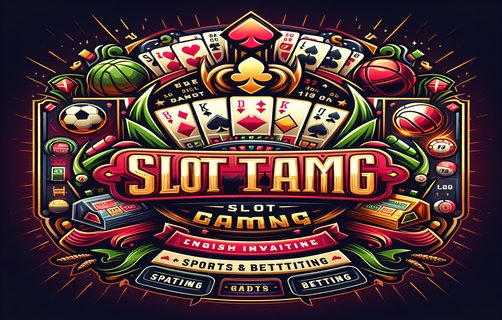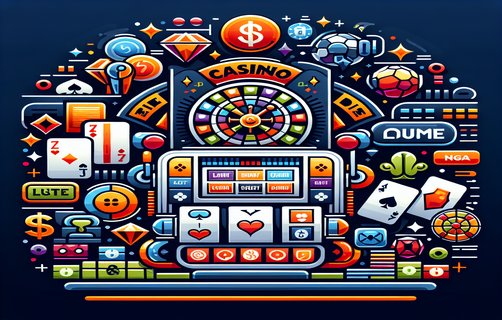Unveiling the Secrets Behind a Winning Poker Strategy: An Analysis of Casino Software and Betting Techniques

In the vibrant atmosphere of a bustling Vegas casino, the lights twinkled like stars in the night sky, offering a tempting array of games to entice affluent gamblers. Jake, a seasoned poker player, found himself at a table playing Texas Hold’em. Armed with a strategic mindset, he was ready to delve deep into the intricate world of casino software, bet limits, and poker strategies to come out on top.
As Jake settled into his seat, he couldn’t help but admire the seamless function of the casino software powering the game. The slick graphics, real-time chat features, and intuitive layouts made for an engaging experience, not just for the players but also for the spectators observing the gameplay. The software ensured a fair environment, with Random Number Generators guaranteeing that every shuffle and deal remained unpredictable, a necessary component in the gambling world.
The table’s bet limits also played a pivotal role in Jake's strategy. Knowing that the stakes could reach high levels, he adjusted his game plan accordingly. He adopted a cautious approach early on, opting for conservative bets while he gauged his opponents’ tendencies. His keen eye spotted a player who was prone to bluffing; thus, he resolved to increase his aggression when the opportunity arose. Understanding the bet limits allowed Jake to capitalize on this insight without risking too much of his chip stack.
However, Jake knew he couldn’t solely rely on instincts; he needed a concrete strategy. This is where third-party strategies came into play. He had spent years analyzing various poker strategies from renowned players and theorists, incorporating their insights into his own gameplay. He had a specific fondness for the principles laid out in the literature surrounding round-robin betting, especially as it applied to minimizing risk and maximizing potential wins.

As he played, the game progressed through countless hands, and Jake’s mastery of poker odds began to shine. He calculated pot odds, determining whether the potential rewards justified the risks involved in chasing certain hands. Alternatives flashed through his mind: Was it worth calling that all-in bet on a marginal hand, or should he fold and retain his chips for a better opportunity? Each decision was underpinned by numerical analysis rather than mere emotion, a skill polished by countless hours of play.
Next, Jake considered his cash game tactics. Cash games required a distinctive approach compared to tournament play—favoring a more aggressive style that capitalized on the ever-present liquid cash at the table. He steadily built his stack while taking calculated risks during critical moments, knowing that each chip represented not just value, but an opportunity to manipulate the flow of the game.
In the end, Jake left the poker table not just enriched with chips, but also with a deeper understanding of the landscape he navigated. The fusion of sophisticated casino software, keen awareness of bet limits, and the application of third-party strategies created a robust framework for achieving success. As he strolled through the casino, the allure of the next game and the thrill of possibility sparked within him. After all, in the world of poker, every hand is a new story waiting to be told.
